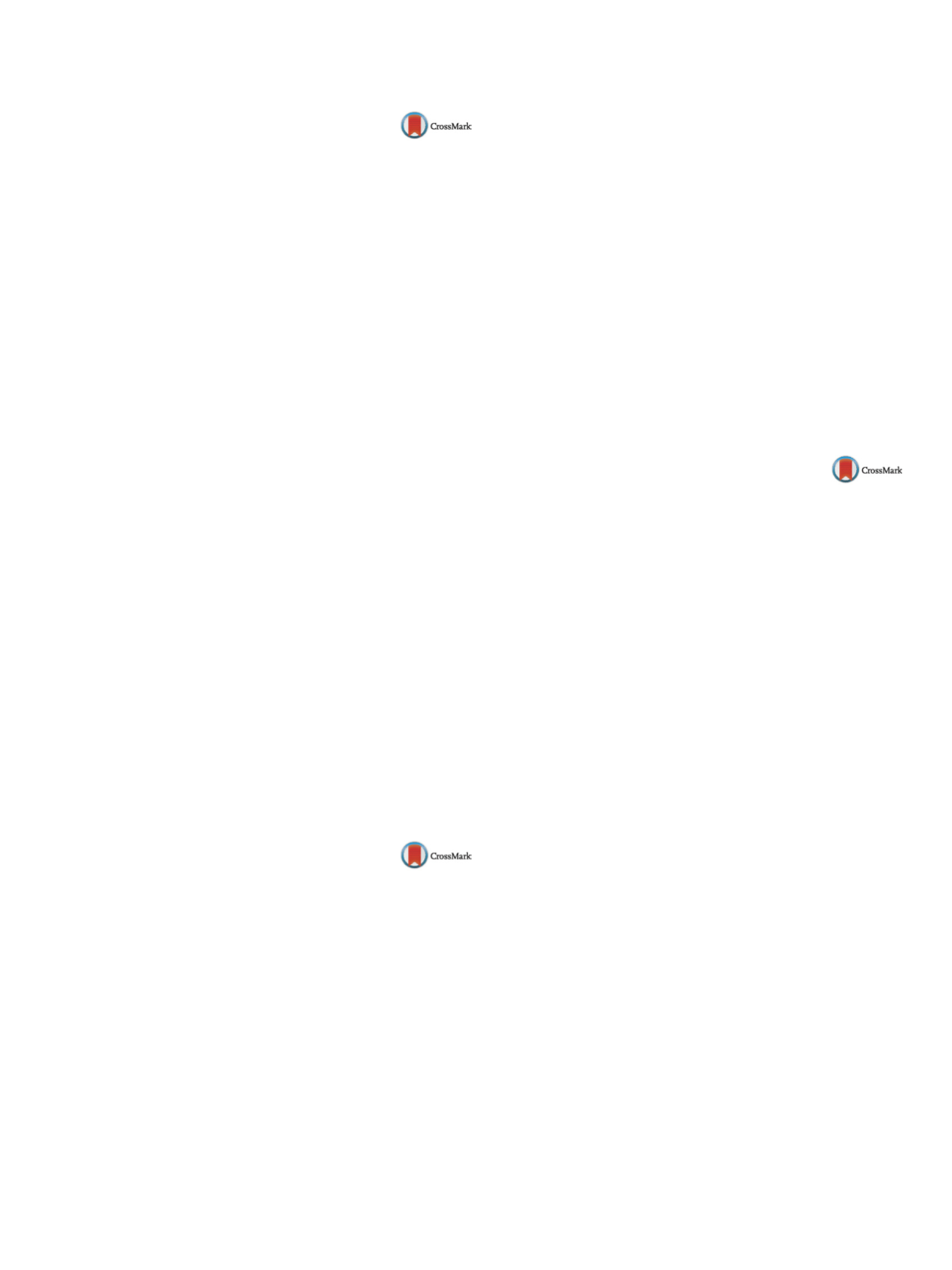

25th European Congress of Psychiatry / European Psychiatry 41S (2017) S583–S644
S639
EV0722
Effect of prenatal exposure to alcohol
on the development of brain vessels in
human embryos and fetuses
A. Solonsky
1 ,∗
, T.V. Shushpanova
1, E.G. Solonskaya
2,
N.A. Bokhan
3, S.V. Logvinov
41
Mental Health Research Institute- Tomsk National Research Medical
Center- Russian Academy of Sciences, Laboratory of Clinical
Psychoneuroimmunology and Neurobiology, Tomsk, Russia
2
Siberian Federal Scientific-Clinical Center, Tomsk, Russia
3
Mental Health Research Institute- Tomsk National Research Medical
Center – Russian Academy of Sciences, Administration, Tomsk, Russia
4
Siberian State Medical University, Tomsk, Russia
∗
Corresponding author.
Introduction
Human embryos are most susceptible to exogenous
effects during the first weeks of development.
Aim
Study the effects of prenatal alcohol intoxication on mor-
phometricmeasures of developing vessels in the human embryonic
and fetal cerebrum.
Methods
Embryos and fetuses (7–12 weeks): 23 obtained from
alcoholic womenwith stage II alcoholism (the experimental group)
and 30 from healthy women (the control group). The research
involved electron microscopy, computer morphometry, paramet-
ric method of variational statistics and Scion software to determine
mean vascular cross-sectional area, the relative cross-sectional area
of vessels, the number of vessels per unit area, and the perimeter
of vessels.
Results
From 10 weeks, vessels in the human brain start to dif-
ferentiate into arteries and veins. At 12 weeks, capillary basal
membranes were already clearly visible. We established a series
of characteristics distinguishing brain tissues in the experimen-
tal group vs. that in controls: mean vessel cross-sectional areas
and vessel perimeters were significantly reduced by 11 weeks
vs. controls. The tendency persisted at 12 weeks. Relative vessel
cross-sectional area in the experimental group was greater than in
controls.
Conclusions
Maternal alcoholization during pregnancy signif-
icantly influences the development of the cerebral circulatory
system, manifesting mainly in changes in the vascularization of the
growing brain.
Disclosure of interest
The authors have not supplied their decla-
ration of competing interest.
http://dx.doi.org/10.1016/j.eurpsy.2017.01.1052EV0723
Effects of hazardous alcohol use on
neurocognition in hiv positive
individuals
G. Spies
1 ,∗
, G. Hoddinott
2, N. Beyers
2, S. Seedat
11
Stellenbosch University, Psychiatry South African Research Chairs
Initiative: PTSD Program, Cape Town, South Africa
2
Stellenbosch University, Desmond Tutu TB Centre- Department of
Paediatrics and Child Health, Cape Town, South Africa
∗
Corresponding author.
Introduction
There is significant evidence that HIV is braindegen-
erative and long-term infection can impair cognitive functioning.
In South Africa, alcohol remains the dominant substance of abuse
and lifetime alcohol dependence has been found to impair mem-
ory, executive function and visuospatial capabilities. The individual
liability of alcohol and HIV on neurocognitive function have been
well demonstrated, however there is relatively little evidence of the
potentially aggravating effects of this dual burden on neurocogni-
tive outcomes.
Objectives
The present study is ongoing and sought to identify
the effects of hazardous alcohol use on neurocognitive functioning
in the context of HIV infection.
Aims
To describe the association between HIV and harmful alco-
hol use on neuropsychological test performance in a cohort of
adults in the Western Cape of South africa.
Methods
participants (
n
= 50) were tested using a battery of neu-
ropsychological tests sensitive to the effects of HIV on the brain.
Self-reported alcohol use was recorded using the alcohol use iden-
tification test (AUDIT). Results The sample consisted of 47 females
and 3 males. All participants were HIV-positive and on antiretrovi-
ral therapy. A total of 23 (46%) participants reported no alcohol use
and 27 (54%) reported drinking alcohol on the AUDIT.
Results
revealed a significant difference between groups on the
Stroop colour word test, with poorer performance evident among
the alcohol users (
P
= 0.008).
Conclusion
Alcohol use in the context of HIV infection contributes
to poorer executive function. These preliminary data provide evi-
dence for a synergistic relationship between HIV infection and
alcohol use.
Disclosure of interest
The authors have not supplied their decla-
ration of competing interest.
http://dx.doi.org/10.1016/j.eurpsy.2017.01.1053EV0724
Do impulsive individuals respond
better to cognitive bias modification
treatment for alcohol dependence?
P. Staiger
1 ,∗
, V. Manning
2, D. Leung
1, K. Hall
1,
A. Verdejo-Garcia
3, L. Hughes
11
Deakin University, School of Psychology, Melbourne, Australia
2
Turning:Point, Treatment Unit, Melbourne, Australia
3
Monash University, Psychological Sciences, Melbourne, Australia
∗
Corresponding author.
Introduction
Recent outcomes of novel cognitive bias modifi-
cation (CBM) interventions targeting approach-bias have shown
promising results in reducing drinking behavior in inpatient and
community settings. These studies have primarily been conducted
with patients who are receiving concurrent treatment. Alcohol
inpatient detoxification provides an opportunity to intervene uti-
lizing CBM to reduce the likelihood of early relapse. Furthermore,
evidence suggests that those high on impulsivity may bene-
fit most from this type of intervention and yet this remains
untested.
Objective
The present study aimed to assess whether an
approach-bias CBM intervention targeting alcohol reduces early
relapse following medical detoxification and whether those indi-
viduals respond better to the treatment.
Aims
To conduct a randomized controlled trial to test the efficacy
of CBM for alcohol dependent individuals in reducing early relapse
following medical detoxification.
Method
Seventy-six alcohol-dependent inpatients were ran-
domly allocated to four sessions of approach-bias CBM training
or sham training. Assessments of alcohol use and impuls-
ivity were obtained at baseline and two-week follow-up
post-discharge.
Results
Findings revealed a significant intervention effect with
those in the intervention group less likely to relapse. Furthermore,
those high in impulsive responding were significantly more likely
to report a treatment effect.
Discussion
Supporting previous research, findings suggest that
approach-bias CBM continues to be a promising treatment for
alcohol misuse. These findings are unique given this is the first
examination of CBM during medical detoxification.
Disclosure of interest
The authors have not supplied their decla-
ration of competing interest.
http://dx.doi.org/10.1016/j.eurpsy.2017.01.1054

















